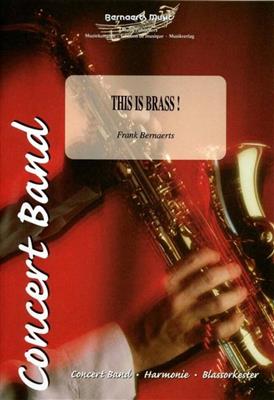We've found 1000 matches for your search
Results
-
£71.80
This is the Life - Amy Madonald
Estimated dispatch 7-14 working days
-
 £73.60
£73.60This Is Brass - Frank Bernaerts
Estimated dispatch 7-14 working days
-
 £71.80
£71.80This Is The Moment - Frank Wildhorn
Estimated dispatch 7-14 working days
-
 £71.80
£71.80Feel This Moment - Christina Aguilera
Estimated dispatch 7-14 working days
-
 £92.00
£92.00This Is Love - Günter Noris
Estimated dispatch 7-14 working days
-
 £92.00
£92.00May I Have This Dance ? - Günter Noris
Estimated dispatch 7-14 working days
-
 £87.40
£87.40Let's Do This! - Jukka Viitasaari
Estimated dispatch 7-14 working days
-
£61.70
This Is Our Star - Derek Bourgeois
Estimated dispatch 7-14 working days
-
£141.99
This Land Of El Dorado - W. Francis McBeth
Estimated dispatch 7-14 working days
-
 £72.99
£72.99On This Day
Estimated dispatch 7-14 working days
